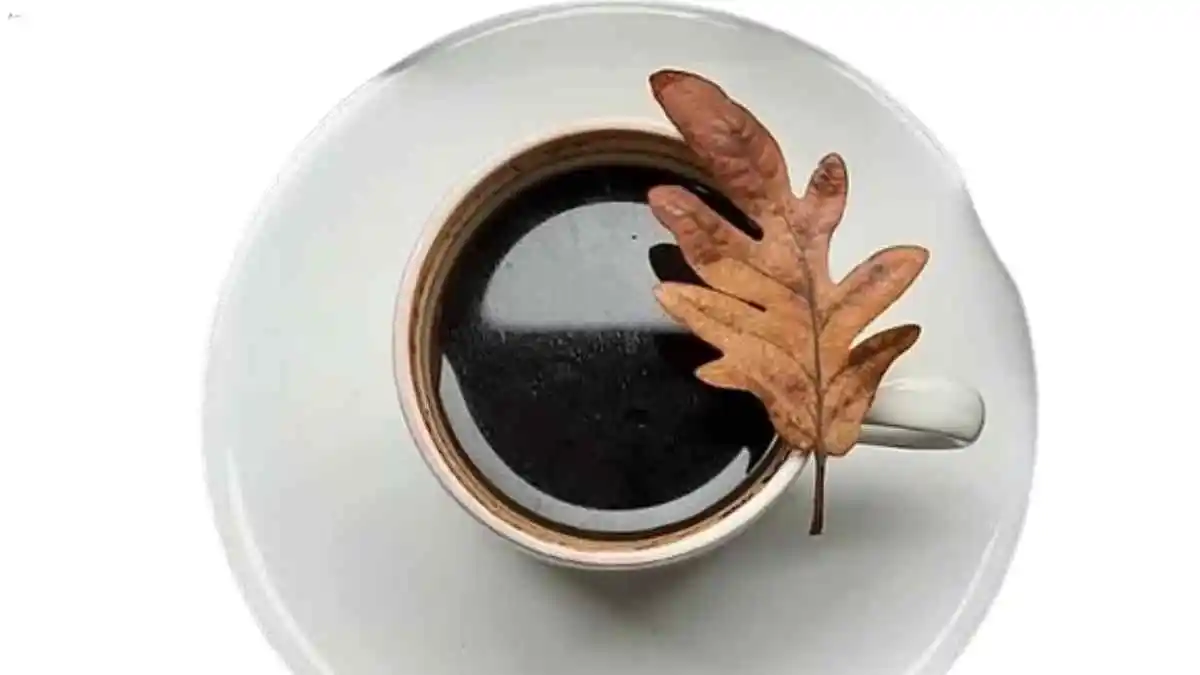Tea is one of the most popular beverages in the world, enjoyed for its flavors, health benefits, and cultural significance.
All true teas come from the same plant, Camellia sinensis, but the differences in how they are processed result in a wide variety of tea types.
If you’re new to tea or a seasoned enthusiast, understanding the differences between the main types of tea can help you appreciate each cup even more. Here’s an easy-to-understand guide to the various types of tea.
6 Types Of Tea | Flavors, Origins, and Health Benefits:
1. Green Tea
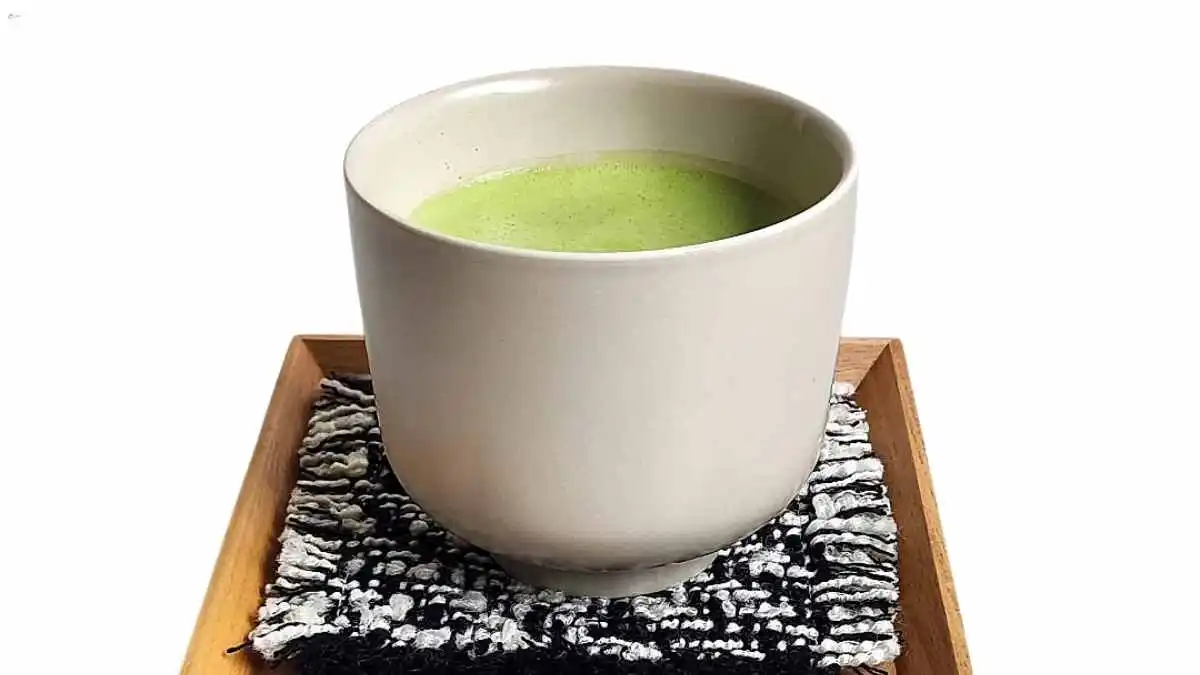
Green tea is one of the most popular types of tea, particularly for those seeking a refreshing drink with health benefits.
How it’s Made:
-
Green tea leaves are quickly steamed or pan-fired to prevent oxidation. This keeps the leaves green and preserves their natural flavors.
Flavor:
-
It has a light, fresh, and sometimes grassy taste, with subtle variations depending on the region where it’s grown.
Health Benefits:
-
Green tea is known for being high in antioxidants, which can help improve heart health and may aid in weight loss.
Popular Varieties:
-
Sencha (Japan): A delicate green tea that is very popular in Japan.
-
Longjing (China): Known for its sweet and slightly nutty flavor.
2. Black Tea
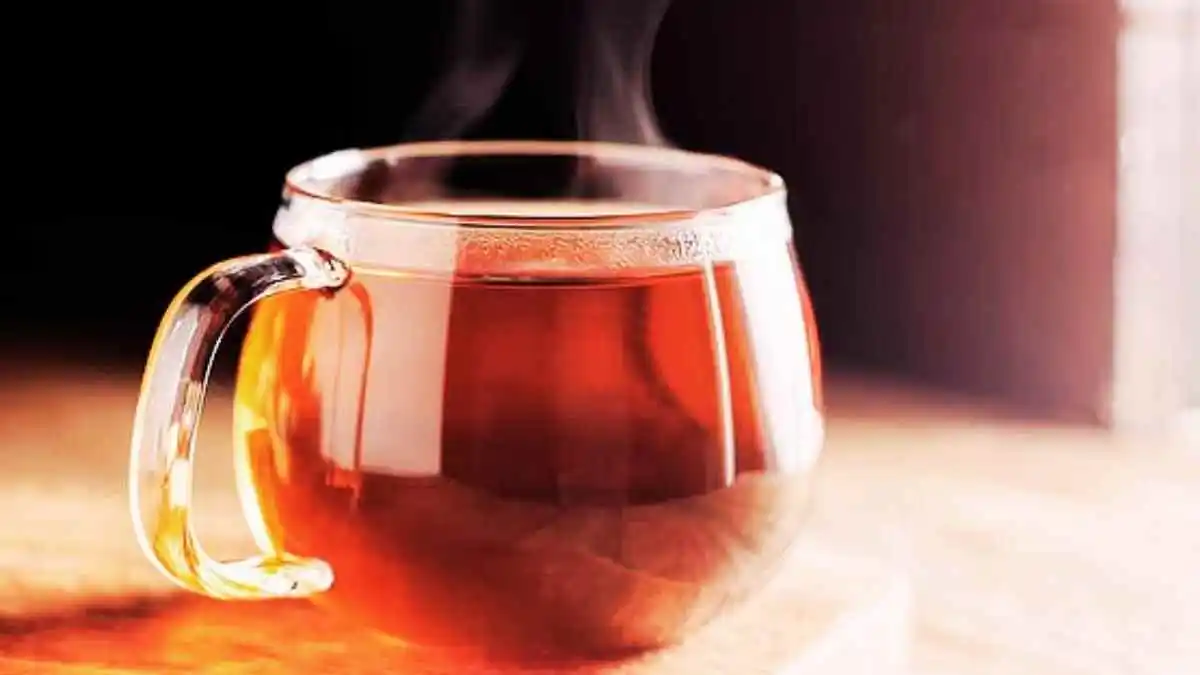
Black tea is the most commonly consumed tea in the world. It is fully oxidized, which gives it a darker color and a stronger flavor.
How it’s Made:
-
Black tea leaves are fully oxidized, which gives them their dark color and robust flavor.
Flavor:
-
Black tea has a rich, bold flavor, often with malty or slightly astringent notes. It is typically stronger than other types of tea.
Health Benefits:
-
Rich in flavonoids, which can help improve heart health and reduce the risk of chronic diseases.
Popular Varieties:
-
Assam (India): Known for its strong, malty flavor, often used in breakfast blends.
-
Darjeeling (India): A lighter, more aromatic black tea, often referred to as “the champagne of teas.”
3. Oolong Tea
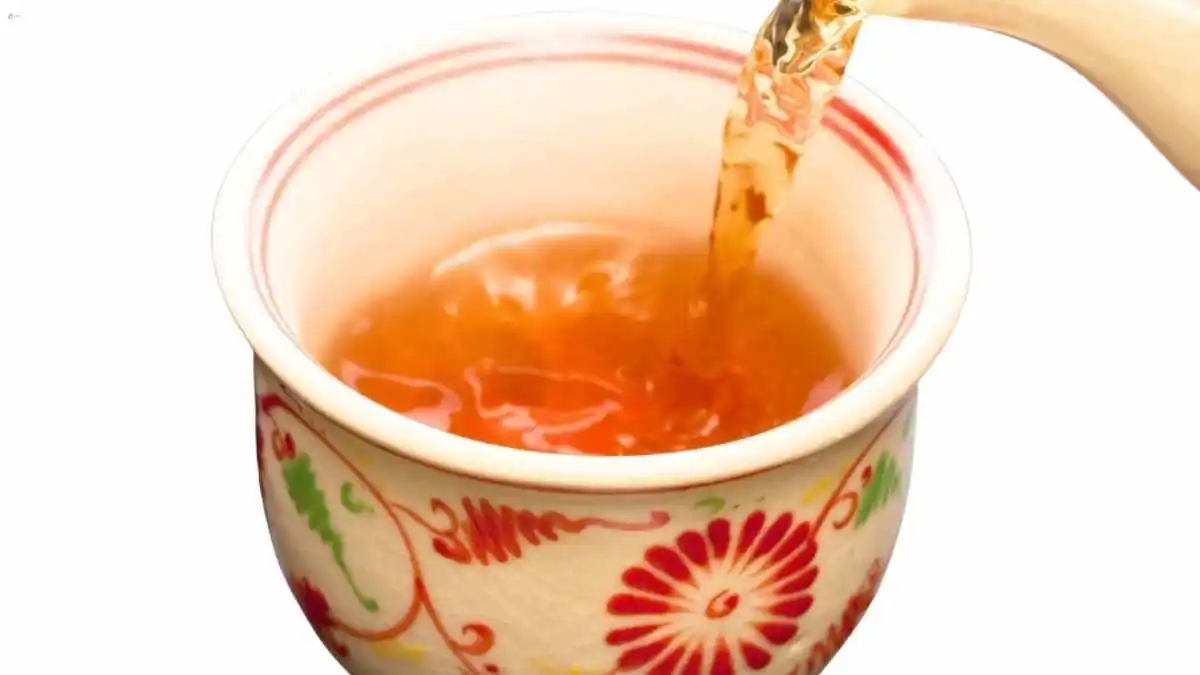
Oolong tea is a unique tea that falls between green and black tea in terms of oxidation. It offers the best of both worlds in terms of flavor.
How it’s Made:
-
Oolong tea is partially oxidized, which means it undergoes some fermentation but not as much as black tea.
Flavor:
- The flavor is floral, slightly fruity, and can sometimes have a creamy texture, with variations depending on the level of oxidation.
Health Benefits:
-
Oolong tea may help with weight management, improve skin health, and promote digestion.
Popular Varieties:
-
Tie Guan Yin (China): A popular and high-quality oolong with a floral and smooth flavor.
-
Dong Ding (Taiwan): A well-known oolong with a rich and slightly sweet flavor.
Read Next: International Tea Day | History, Significance, and Ways to Celebrate
4. White Tea
White tea is the least processed of all the tea types, making it the most delicate in flavor.
How it’s Made:
-
The leaves are simply plucked and allowed to wither and dry, without any oxidation or rolling.
Flavor:
-
White tea has a light, delicate flavor, often described as sweet or floral, with a smooth finish.
Health Benefits:
-
White tea is packed with antioxidants that can help improve skin health and reduce the risk of chronic diseases.
Popular Varieties:
-
Silver Needle: A premium white tea known for its delicate flavor.
-
Bai Mu Dan: Another popular variety that is slightly more robust than Silver Needle but still very mild.
5. Pu-erh Tea
Pu-erh is a fermented tea that gets better with age, much like wine.
How it’s Made:
-
Pu-erh tea leaves are fermented and aged, which gives it a unique earthy and mellow flavor. There are two types: raw (Sheng) and ripe (Shou).
Flavor:
-
Pu-erh tea has a strong, earthy flavor, which can be smooth and slightly sweet when aged.
Health Benefits:
- It may aid in digestion, support weight management, and lower cholesterol levels.
Popular Varieties:
-
Raw (Sheng) Pu-erh: The more traditional, aged variety with a more complex flavor.
-
Ripe (Shou) Pu-erh: A fermented version with a smoother, earthier taste.
6. Herbal Tea (Tisanes)
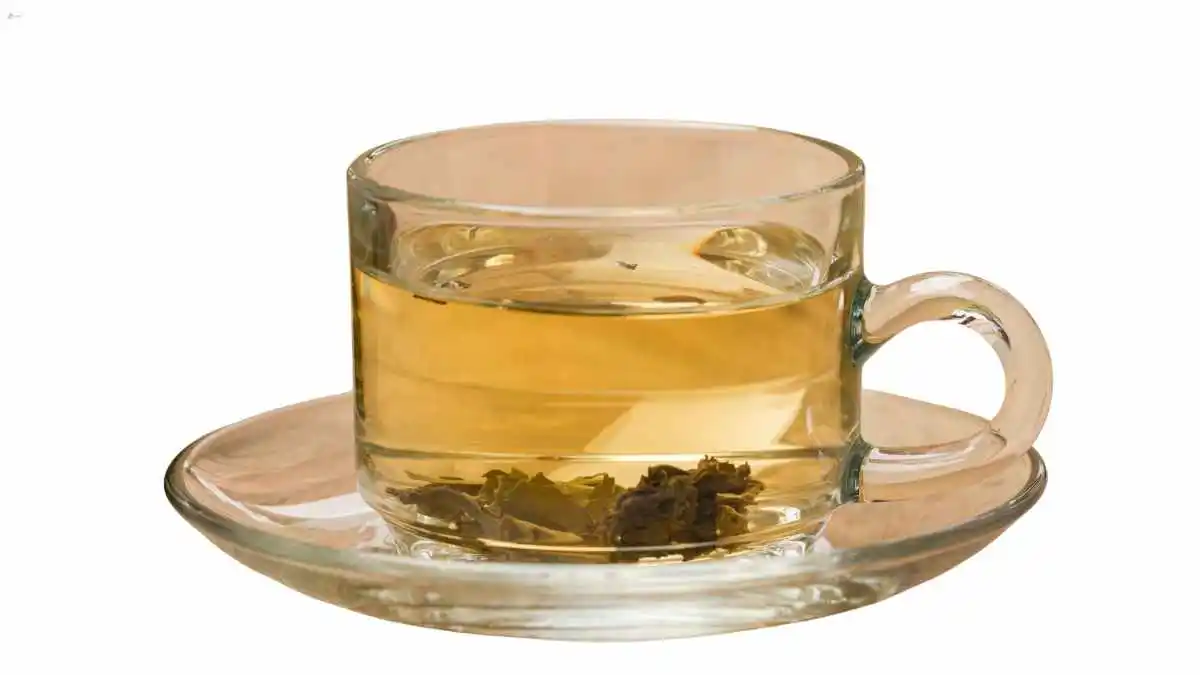
Although not technically a “true” tea, herbal teas are an excellent caffeine-free alternative. These teas are made from various herbs, flowers, and fruits.
How it’s Made:
-
Herbal teas are made by infusing dried herbs, flowers, fruits, or spices in hot water.
Flavor:
-
The flavor varies greatly depending on the plant used, ranging from floral and fruity to spicy and earthy.
Health Benefits:
-
Herbal teas often have specific health benefits depending on the plant. For example, chamomile can help with sleep, peppermint aids digestion, and rooibos is rich in antioxidants.
Popular Varieties:
-
Chamomile: Known for its calming and sleep-inducing properties.
-
Peppermint: Refreshing and helps with digestion.
-
Rooibos: Caffeine-free and rich in antioxidants.
Tea Comparison Table:
| Tea Type | Oxidation Level | Caffeine Content | Flavor Profile | Health Benefits |
|---|---|---|---|---|
| Green Tea | None to minimal | Moderate | Light, grassy | Antioxidants, heart health |
| Black Tea | High | High | Bold, malty | Flavonoids, cardiovascular support |
| Oolong Tea | Partial | Moderate to high | Floral, fruity | Weight management, skin health |
| White Tea | Minimal | Low | Delicate, sweet | Antioxidants, skin health |
| Pu-erh Tea | Fermented | Moderate to high | Earthy, woody | Digestion, cholesterol management |
| Herbal Tea | None | Low or none | Varies (fruity, floral, spicy) | Depends on herb (e.g., digestion, relaxation) |
Tips for Brewing the Perfect Cup of Tea:
Each type of tea requires different brewing methods to bring out the best flavor.
Water Temperature:
-
Green Tea: 70–80°C (158–176°F)
-
Black Tea: 90–100°C (194–212°F)
-
Oolong Tea: 80–90°C (176–194°F)
-
White Tea: 80–85°C (176–185°F)
-
Herbal Teas: 100°C (212°F)
Steeping Time:
-
Green Tea: 2–3 minutes
-
Black Tea: 3–5 minutes
-
Oolong Tea: 4–7 minutes
-
White Tea: 4–5 minutes
-
Herbal Teas: 5–7 minutes
Final Words:
Tea is not just a drink; it’s a global tradition with a rich history and a wide range of flavors and benefits.
If you prefer the refreshing taste of green tea or the bold richness of black tea, there’s a variety for every palate.
Different types of tea, you can experiment with new flavors and enjoy the many benefits this ancient beverage has to offer. So go ahead, steep your favorite tea, and enjoy its unique flavors and soothing properties!

